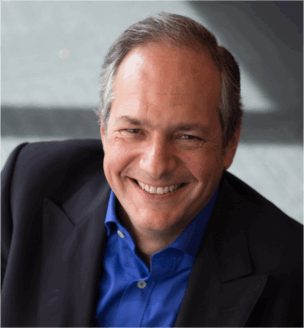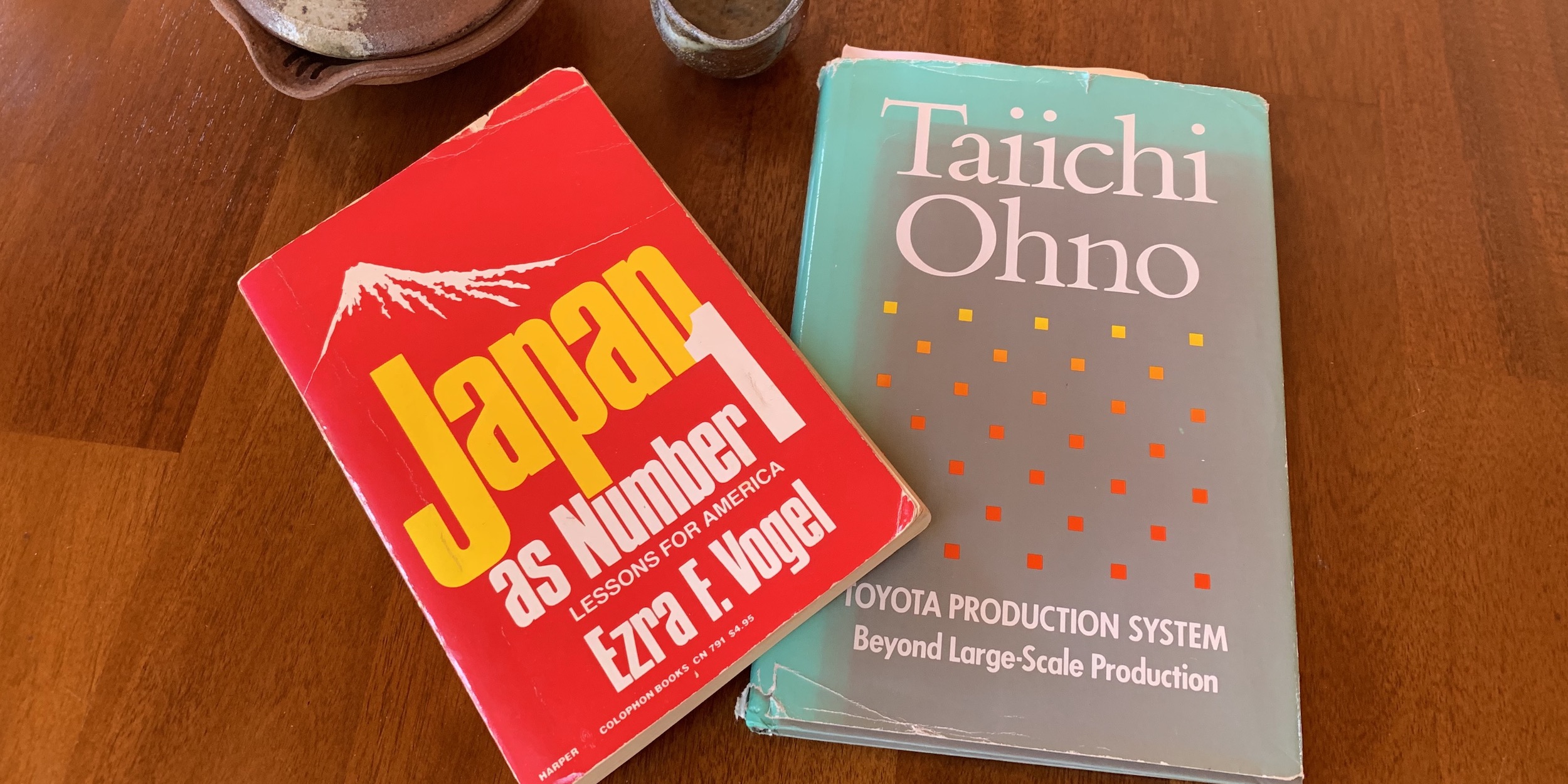
The lean answer to uncertainty
FEATURE – In the face of uncertainty, when it’s hard to see the road ahead, we can still make things better day after day by embracing kaizen – until we are out of the woods.
Words: Michael Ballé, lean author, executive coach, and co-founder of Institut Lean France
To few of us, uncertainty is a boon. My Raise the Bar co-authors, Nicolas Chartier and Guillaume Paoli, have seen the opportunity of the Internet and in 20 years built a €1.4 billion business from scratch. They then pioneered industrial-scale refurbishing of second-hand cars and the turn towards a more sustainable, circular economy. I saw them step up in staggering crises (they started the company just after the tragedy of 9/11 and, since then, they have gone through industry crises, from “dieselgate” to Covid-19 pandemic) and somehow see the opportunities, pull their teams together and emerge stronger.
Over the past six months, the car market has dramatically changed, with far fewer vehicles being produced as a result of supply chain and semi-conductor disruptions. It’s fascinating to watch Nicolas and Guillaume take the hits, search for a way out, and keep their teams on the ball: customers and employees first, then worry about everything else.
Unfortunately, most of us are not like that. Uncertainty gets to us in many ways. It paralyzes us. It makes us doubt ourselves and our choices. When we no longer see where things are going or whether we’re going to come out on top, it’s easy to give up and react to events day to day. Uncertainly erodes our resilience, makes us prone to mood swings and feeling down, and stokes our anxieties. Our brains need to know an outcome – even a bad one – or our stress responses go haywire. Researchers, for instance, have found that fearing to lose one’s job takes a greater health toll on a person than actually losing it.
We are goal-oriented creatures. Uncertainty clouds the future, and all of the sudden we can’t see anything positive in current trends. When any trend you look at projects into some awful development, it’s natural to feel that all possible outcomes are bad and that there is no way out. How to plan for goals, set goal posts, and chart a path if there is no visible hope?
Should we focus on one or the other narrow outcome and damn the rest? Easy to say, but hard to do for open minded, socially aware people.
The problem is creating a sense of purpose without a clear vision of where to go because, well, there is no way to know where things are going in general. The lean answer is to cultivate the spirit of challenge on directions rather than destination. We usually define better as a better place: we’re here, we’d like to be there. Athletes visualize themselves winning. Entrepreneurs visualize themselves successful. Working stiffs visualize their career, and so on. Uncertainty takes that away because it’s hard to visualize any of this working out. However, lean teaches us to define better as better at some things.
For instance, we know from history productivity is always a good thing. Seventy years of lean experience show that productivity is built layer by layer by first improving safety (for customers and staff), then quality, then reducing lead-times, then eliminating all other wasteful costs that are revealed from efforts on the first three.
The point is we don’t know what a safer workplace should look like (if we did, I’d hope we’d have implemented it right away). We need to discover it. Along the way, we can measure and question and analyze and improve, until safety is better, and we see a safer workplace gradually appear before our eyes. Similarly, we don’t know what better quality stands for. Firstly, because it’s hard to figure out if we do the right thing – what customers really value, what they want more of – and it’s equally difficult to know if we do them right and spot what we do wrong, but by asking ourselves these questions every day, we will see what better quality products and processes look like.
Same for lead-time – or sustainability. In the current tsunami of climate change bad news, it’s hard to imagine any sort of bright future, but we can surely think of ways to improve things now and see where that gets us: we can use every machine that consumes non-renewable energy longer, we can find ways to reduce consumables, such as water and rare materials, we can design products to last longer and consume less. We don’t need to know what better will look like to seek better every day.
A decade ago, my father Freddy and I argued in The Lean Manager for drawing a “North Star”, a list of “must do can’t fail” dimensions to improve whatever the circumstances. Here’s the example from the book:

I’d add environmental sustainability (we’d clearly not seen it at the time), but the logic remains the same. Regardless of whether you can draw a vision of what “better” looks like, you can define better as improvement on key dimensions. The trick is to make sure that each dimension corresponds to a “typical problem”, as my father would say, a problem that is hard-wired in your activity, a feature rather than a bug of your business model. Safety will always need to be improved, and so will quality and so on.
Even when we’re not born entrepreneurs with a talent for spot opportunities in chaos, we need not be paralyzed by uncertainty, nor procrastinate endlessly in the name of not knowing. Some things we do know, no matter how murky and changeable the environment. There are some key dimensions of what we do that we need to improve – typical problems that will always be there in our chosen profession. By committing to improve these, step by step, in the spirit of kaizen, we resolve to build a better future regardless, blind as we feel. Being lucid about where current trend take us and accepting that it doesn’t look good need not forbid us the optimism of thinking that the Gods help those who help themselves. By improving key dimensions, we change the state of the play, and new, unlooked for good things can happen. And with hope, they will happen. This is the point of hope – you don’t need to know to hope, as long as you see a path, and you don’t need to have a clear destination to have a direction.
Lean’s challenge spirit is about recognizing concrete challenges to respond to and step forward in a spirit of hansei, of recognizing one’s mistakes and correcting what we can, step by step. Uncertainty is a burden. It makes plans look silly, achievements look pointless, and it saps our will to act. If we let it. The beauty of Lean Thinking is that, as we used to say, the room for improvement is the largest room. We don’t need a roadmap, or a shining vision. We need to face our problems today, try countermeasures, and make things better – and watch as new creative solutions emerge out of the murk. Kaizen first, vision later.

Get your copy of Raise the Bar here!
THE AUTHOR

Read more


FEATURE – Two coaches from Italian company FPZ reflect on their role helping lean thinking spread across the company and its newly-acquired businesses.


FEATURE – The gemba tells us more than we think. The authors discuss what we need to look at during our walks to understand the impact of non-manufacturing functions on the overall process.


CASE STUDY – The Covid-19 pandemic has accelerated the application of Virtual Healthcare across the world. In South Australia, this has been implemented in urgent care.


FEATURE – John Shook remembers the work of Ezra Vogel and Norman Bodek and discusses how, in their own way, each of their contributions help us to understand the Toyota Production System.

